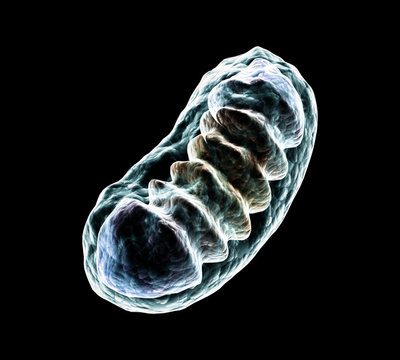Asgard-Archaea: The Common Ancestor of Complex Life on Earth
Prokaryotes, a group of cellular organisms that lack a nucleus, including bacteria and archaea, were the first living beings on Earth. Eukaryotes, more complex organisms with a true nucleus, emerged two to three billion years ago. Researchers at Lund University, led by Courtney Stairs, have now discovered that Asgard-Archaea played a central role in the evolution from single-celled to multi-celled organisms, according to a publication in the journal Nature. Asgard-Archaea were first discovered in sediments near Loki’s Castle in the Atlantic Ocean and were named after the Asgard realm in Norse mythology. The analysis of Asgard-Archaea DNA could provide new insights into the origin of complex life on Earth.
The researchers found that ancient microorganisms possessed some proteins related to those that were previously believed to have emerged much later with more complex life forms on Earth. By analyzing hundreds of proteins, the authors were able to reconstruct a genetic family tree of the entire branch from which more complex eukaryotes emerged. The study helps to answer where eukaryotes came from and refines our understanding of our ancient single-celled ancestors. The development of eukaryotes raises questions about how cells collaborate and evolve.
The Asgard-Archaea can reveal more about our single-celled ancestors and the development of complex life. As a result of a symbiosis between different single-celled organisms, including a relative of today’s Asgard-Archaea, they may have played a crucial role in the evolution of single-celled to multi-celled organisms. The Asgard line has a higher significance in the evolution puzzle than previously thought, and the study challenges the current understanding of the origin of complex life forms.
In conclusion, Asgard-Archaea, the common ancestor of complex life on Earth, can provide new insights into the origin of complex life. The study by Lund University researchers refines our understanding of our ancient single-celled ancestors and helps to answer where eukaryotes came from. The Asgard line has a higher significance in the evolution puzzle than previously thought, and the study challenges the current understanding of the origin of complex life forms.










